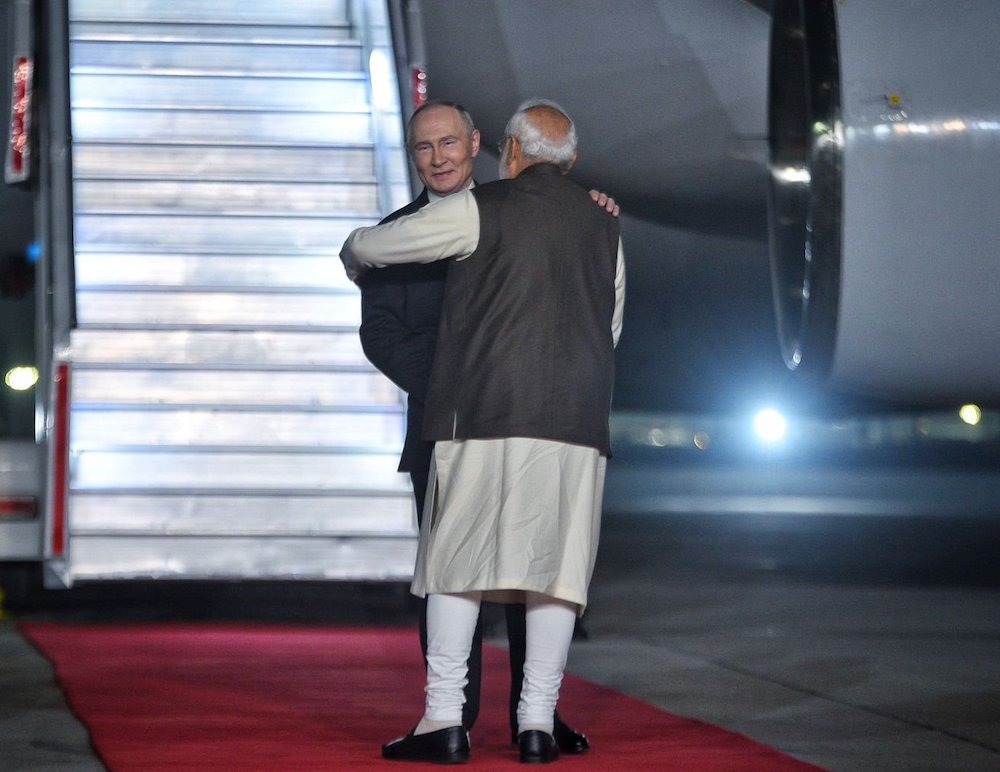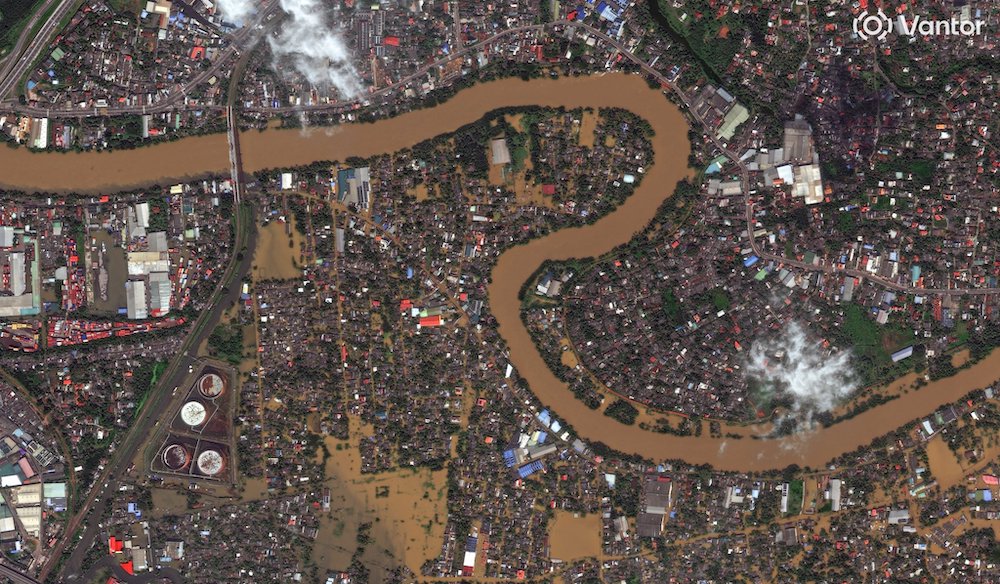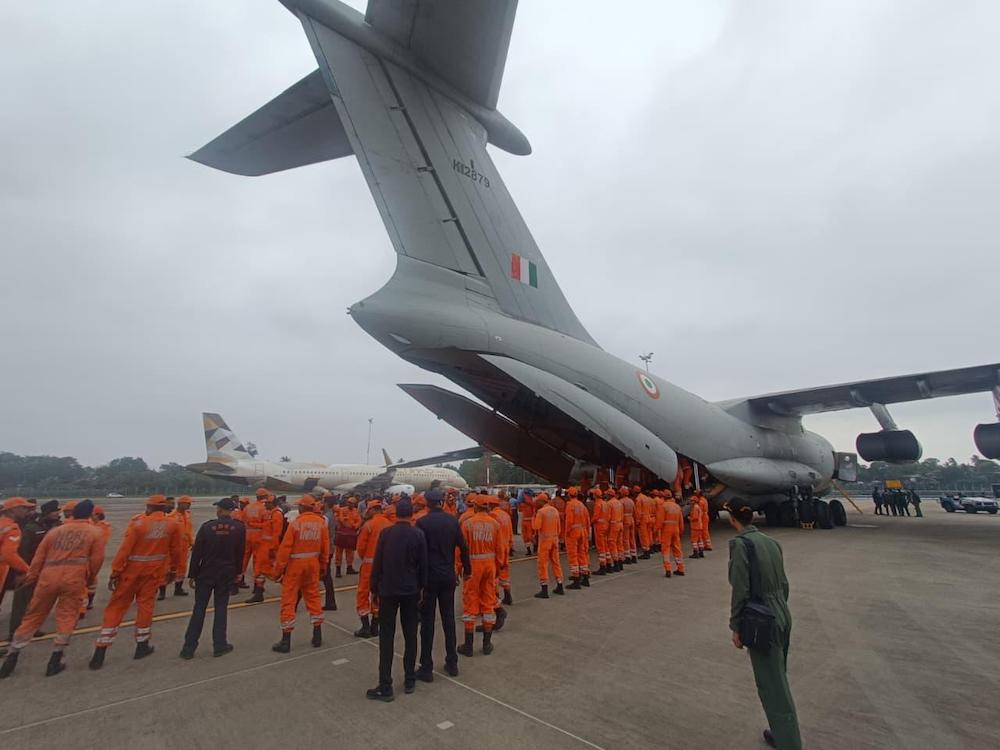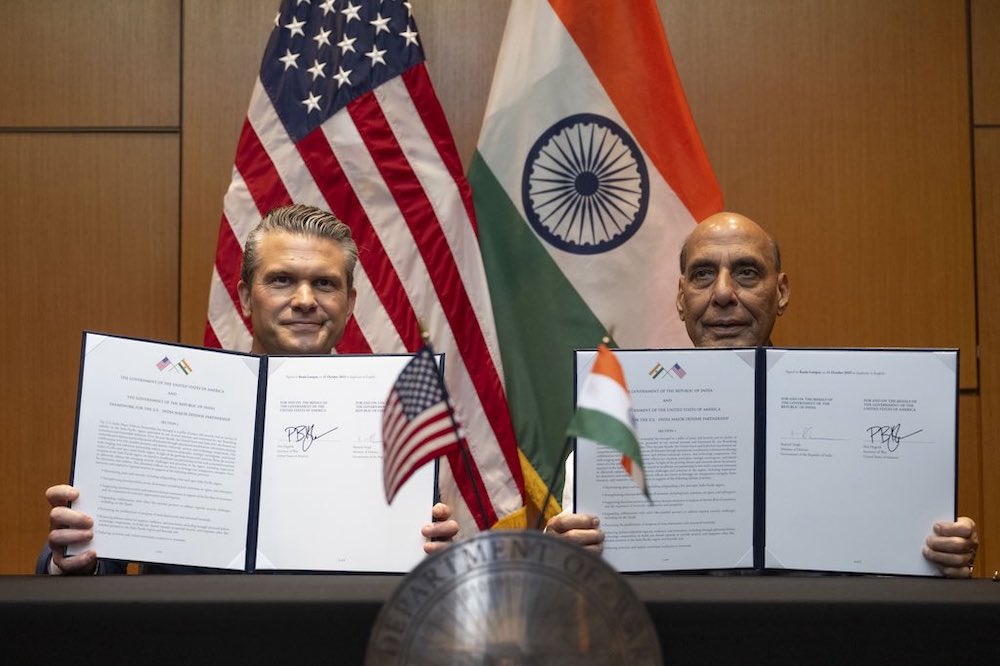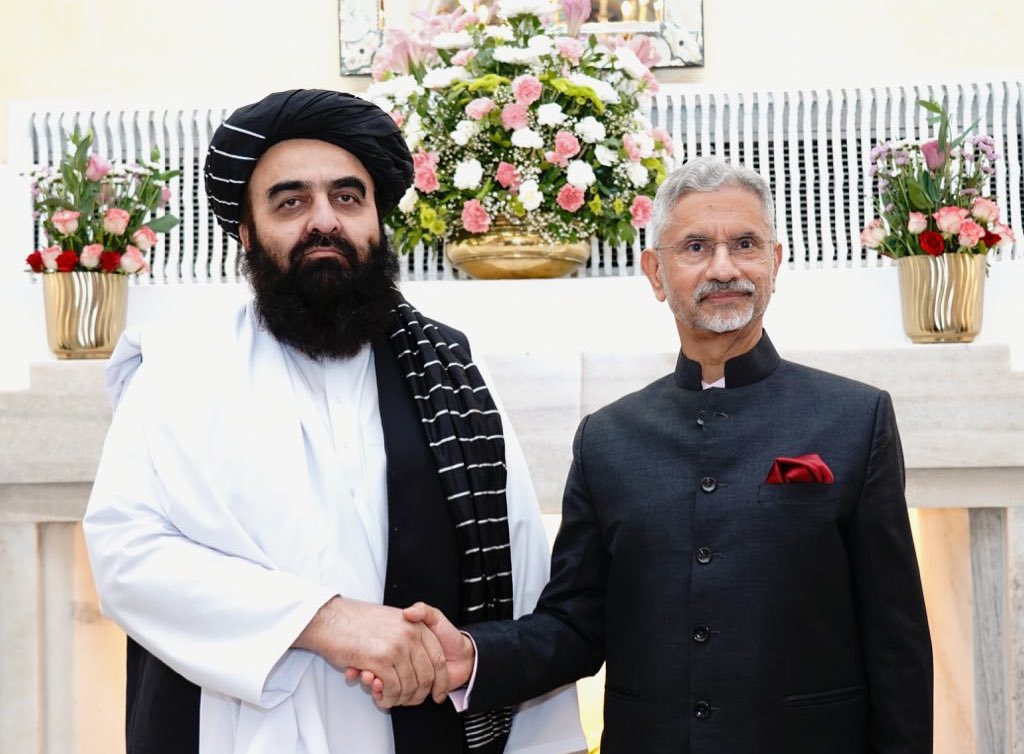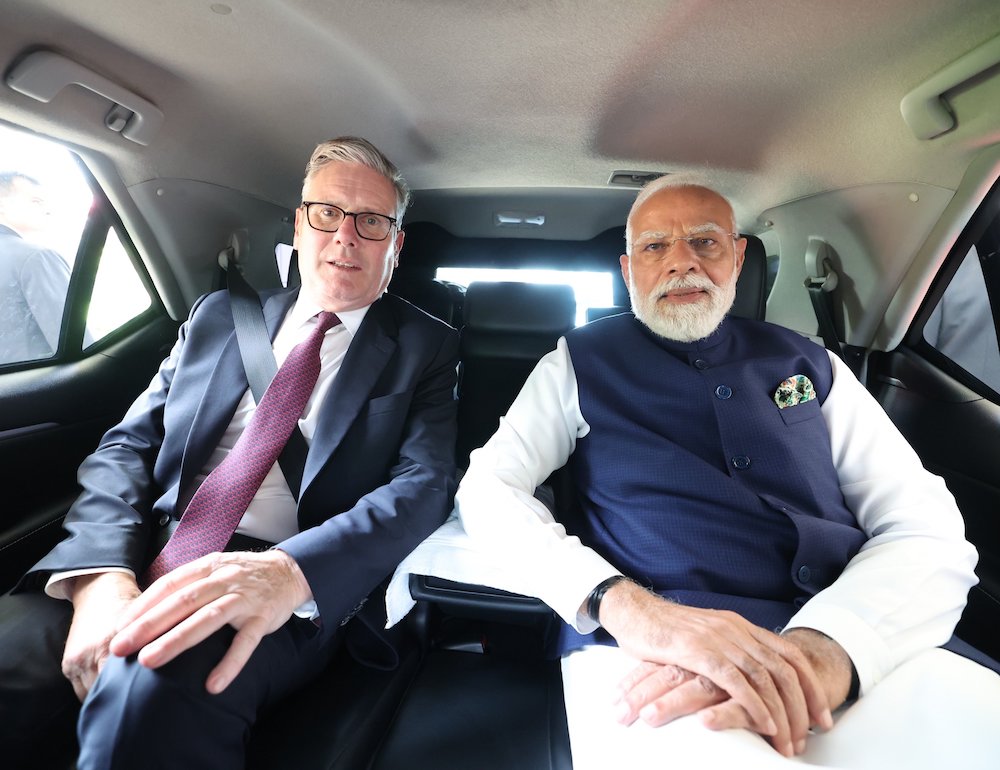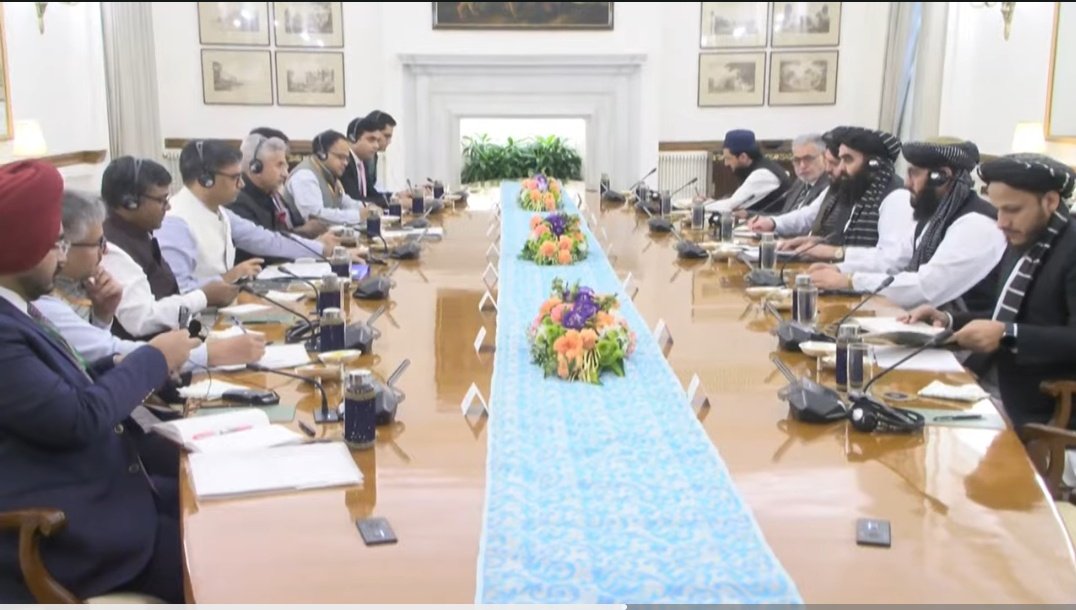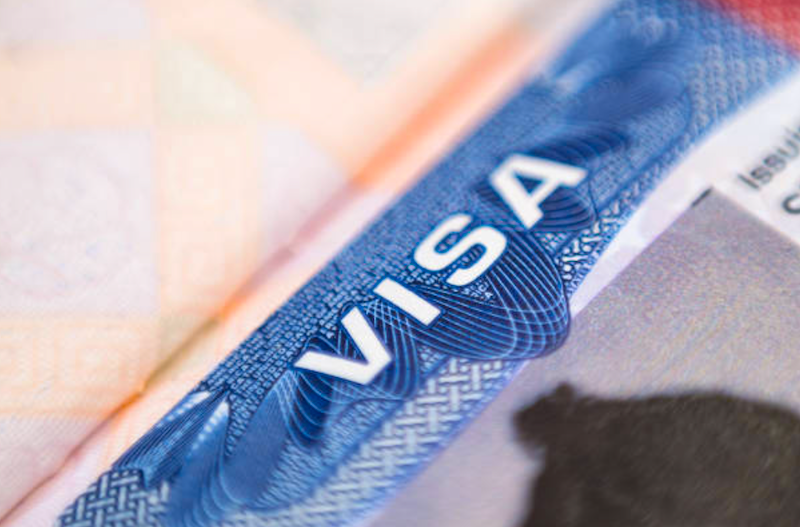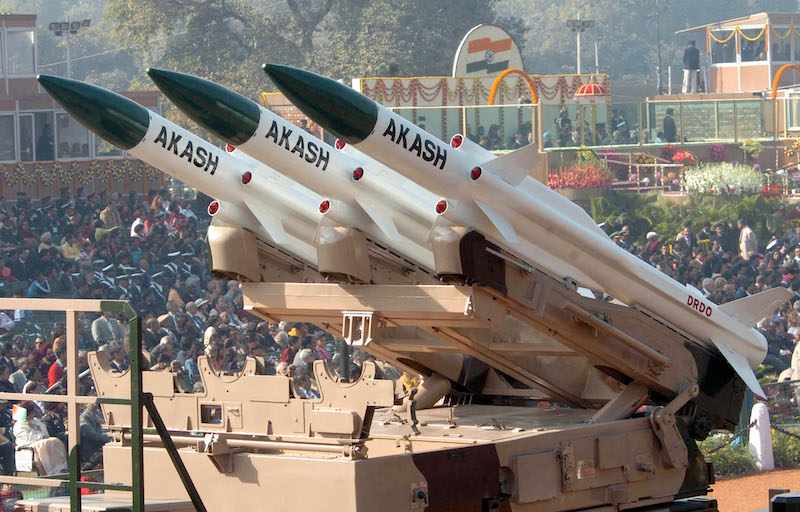 An Akash missile battery during Republic Day parade at New Delhi. (Defence ministry file photo)
An Akash missile battery during Republic Day parade at New Delhi. (Defence ministry file photo)
New Delhi: India is set to export its indigenously developed air-defence system to Armenia, expanding its repertoire of military exports to the Asian nation. The deal, valued at approximately ₹6,000 crores, involves the delivery of Akash supersonic surface-to-air missile system, which is developed by the Defence Research and Development Organization (DRDO) and manufactured by Bharat Dynamics Limited (BDL).
Earlier in April, the defence ministry had alluded to an undisclosed export order for the air-defence system without divulging details about the recipient nation. This move follows a pattern of exports to Armenia, encompassing the Pinaka multi-barrel rocket launchers, artillery guns, various ammunition types, and drones.
Sources within the defence establishment indicate that shipments of the Akash air-defence systems to Armenia are poised to commence soon. Notably, the export of the Akash system is not limited to Armenia alone. India has offered it for export to other countries, including Vietnam and the Philippines.
The Indian Army and the Indian Air Force have already operationalized the Akash air defence system.
Recently, as India Sentinels reported, the Akash air-defence system was successful in destroying four aerial targets simultaneously. It was the first such achievement in the 25-kilometre range by any surface-to-air missile system in the world.
Azerbaijan upset
Arms sales to Armenia by other countries, including India, has upset Azerbaijan – Armenia’s archenemy. Earlier this month, the Azeri president, Ilham Aliyev, warned India and France against providing Yerevan with weapons that may pose Baku a threat. Aliyev said such supplies could start a new war in the region.
In a news conference on December 6, Aliyev also said Azerbaijan “will have to react to protect its people” should Armenia start receiving serious weapons from India and France, adding that he has already “warned everybody”.
Previously, in November 2022, Kalyani Strategic Systems announced a deal worth $155.5 million (worth around ₹1,265 crore at that time) for 155mm advanced towed artillery guns with an undisclosed overseas customer, which later was revealed as Armenia.
This peeved Baku and the Azeri media criticized New Delhi’s move to sell the advanced howitzers and the Pinaka multi-barrel rocket system to Yerevan.
In a July op-ed titled “India’s warmongering in south Caucasus is wake-up call for Azerbaijan, Turkey and Pakistan” in Azernews, the author, Rena Murshid, wrote India’s “main reason” for deep ties with Armenia is Azerbaijan’s “fraternal relations” with Pakistan.
She wrote: “At present, while the situation in the south Caucasus is tense, and when both Europe and Russia are competing to solidify their influence in the region, India’s such behaviour (selling advanced military platforms to Armenia) could mean just an act of destabilizing the region.”
Nagorno-Karabakh and Armenia-Azerbaijan conflict
Azerbaijan and Armenia have resorted to military conflict over the Nagorno-Karabakh (officially called the Republic of Artsakh or the Republic of Nagorno-Karabakh Republic of Nagorno-Karabakh), which is a landlocked enclave inside Azerbaijan but had a majority population of ethnic Armenians until this year. The conflict between the two former Soviet republics over the control of the enclave escalated into a full-scale war in the early 1990s following the dissolution of the Soviet Union.
Armenia won that war, which led to the occupation of regions around Soviet-era Nagorno-Karabakh. This resulted in tit-for-tat expulsions of ethnic Armenians from Azerbaijan and ethnic Azerbaijanis from Armenia.
In 1993, the United Nations security council adopted four resolutions backing Azerbaijan’s territorial integrity and demanded the immediate withdrawal of Armenian forces from all Azeri territories. The ceasefire ending the war, signed in 1994 in Bishkek, was followed by two decades of relative stability.
Things then deteriorated significantly in the 2010s and escalated to a four-day bloody conflict in 2016, in which hundreds of soldiers and people died. However, the frontline remained mostly unchanged.
In late 2020, after 30 years, the second full-scale war erupted between the two countries over Nagorno-Karabakh. This time, Azerbaijan scored a huge victory. An armistice was established by a tripartite ceasefire agreement on November 10, resulting in Azerbaijan regaining all the occupied territories surrounding Nagorno-Karabakh as well as capturing one-third of the enclave itself.
Ceasefire violations in Nagorno-Karabakh and on the Armenian–Azerbaijani border continued, and Azerbaijan began blockading Artsakh in December 2022, and launched a large-scale military offensive in September this year.
This resulted in the total capitulation of Armenian forces and surrender of the Artsakh (Republic of Nagorno-Karabakh) authorities. Almost all the ethnic Armenians in Nagorno-Karabakh fled the enclave and Artsakh is set to dissolve by January 1, 2024.


